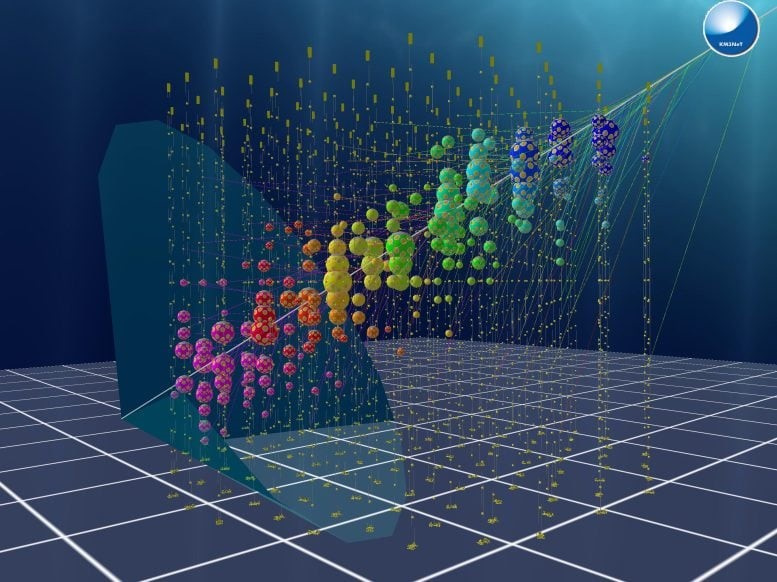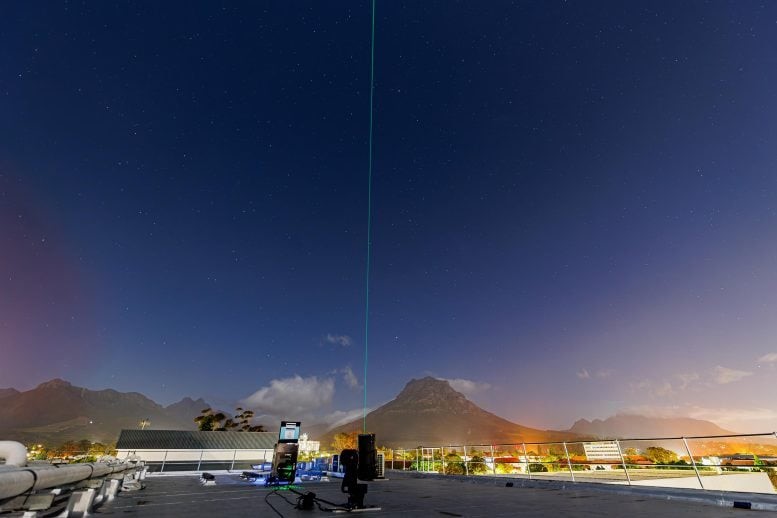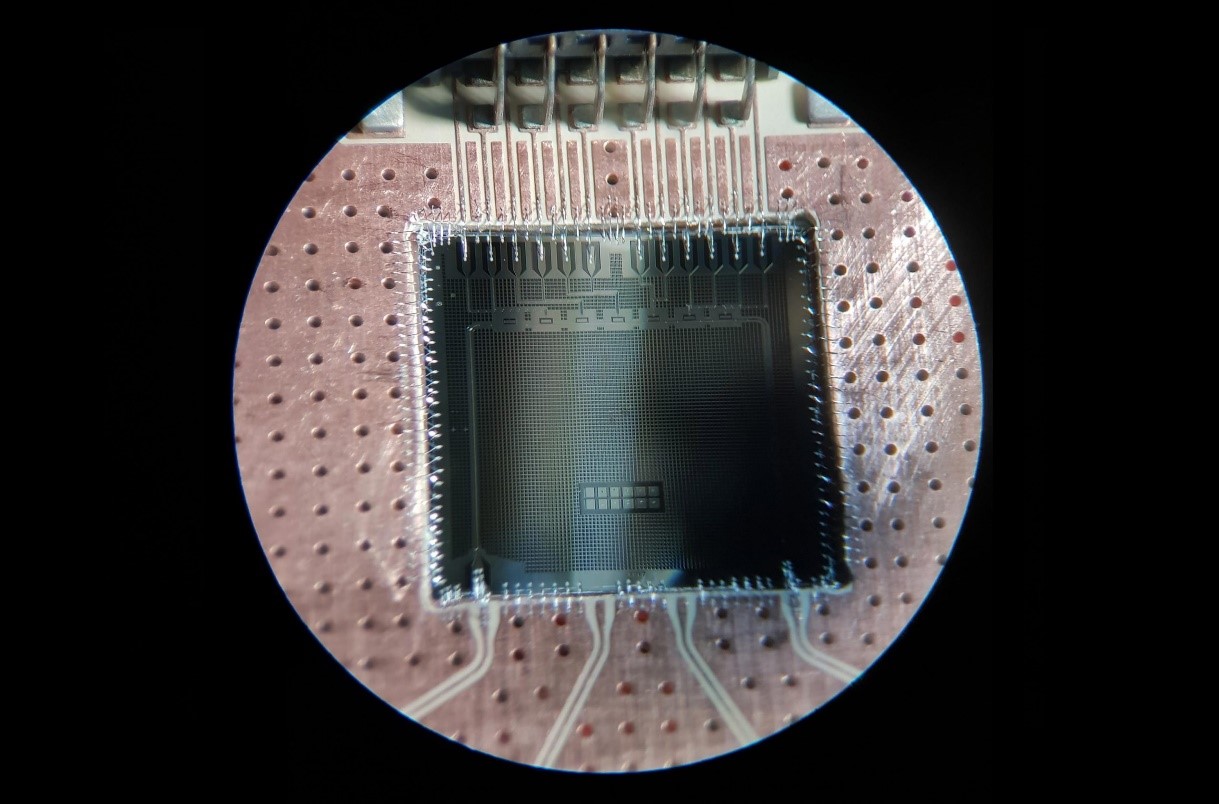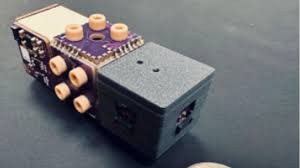New Foundation for Quantum Sensing and Communication Established by Researchers
A team of researchers from MIT and the University of Ferrara (UniFe) in Italy has introduced a new theoretical framework for generating quantum states. This approach could enhance the accuracy and reliability of information and decision systems. Quantum-based sensing and communication systems have the potential to significantly outperform current technologies, and this advancement aims to help realize the full theoretical potential of quantum systems, advancing the development of next-generation networks.

Figure 1. New Foundation for Quantum Sensing & Communication
The MIT and University of Ferrara (UniFe) team has developed a new approach using non-Gaussian quantum states, offering a solution to the limitations of traditional quantum systems based on Gaussian states. While Gaussian states have dominated research due to their simplicity, they often fail to achieve the full potential of quantum advantages. By overcoming these limitations, the team’s findings could significantly advance the development of quantum information and decision systems. The results were published in the Journal on Selected Areas in Information Theory by MIT Professor Moe Z. Win, UniFe graduate student Andrea Giani, and UniFe Professor Andrea Conti. Figure 1 shows New Foundation for Quantum Sensing & Communication.
Giani explains that while Gaussian states are easy to prepare and widely known, they lack key properties required to achieve the full quantum advantage. By using non-Gaussian states, these limitations can be overcome. He emphasizes that quantum sensing and communication systems are expected to vastly outperform their classical counterparts. For instance, quantum sensing systems can detect electromagnetic field variations with greater sensitivity than classical ones, offering powerful new methods for measuring physical quantities in noisy environments. This could be transformative for applications such as magnetic field fingerprinting and advancing astrophysical research.
Win explains that the new work establishes a mathematical foundation for quantum information and decision systems that utilize non-Gaussian states. The team introduced photon-varied Gaussian states (PVGSs), which can be generated with existing technologies and enhance quantum sensing accuracy and quantum communication reliability. This unified characterization of PVGSs simplifies both theoretical and practical implementation. Win highlights that quantum systems will eventually surpass classical limits, offering new performance capabilities.
His team aims to design efficient quantum systems based on these principles, accelerating their transition to practical applications. The research was supported by multiple institutions, including MIT, the U.S. National Science Foundation, and the European Union NextGenerationEU.
Source:MIT News
Cite this article:
Janani R (2025), New Foundation for Quantum Sensing and Communication Established by Researchers, AnaTechMaz, pp.233















